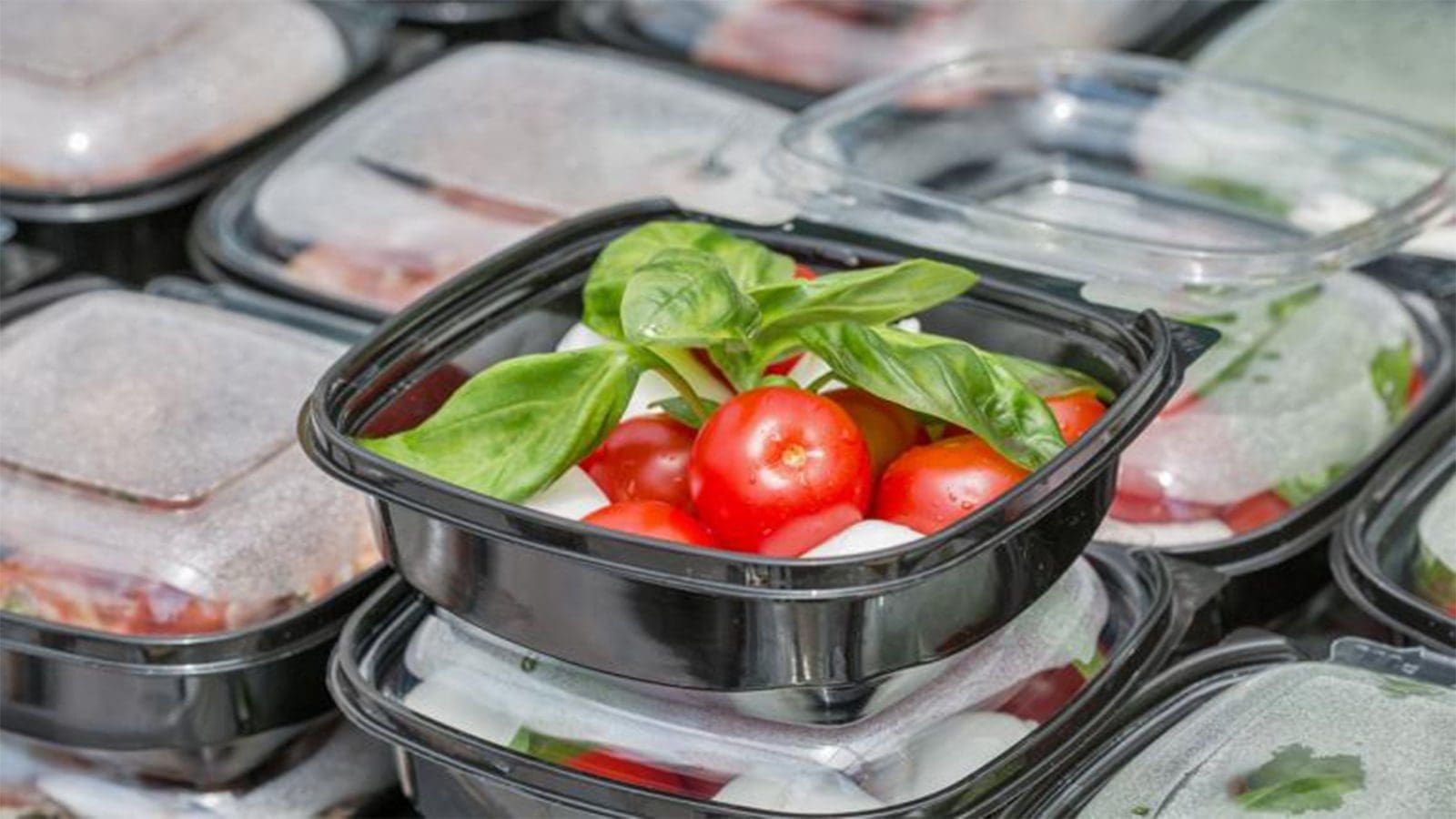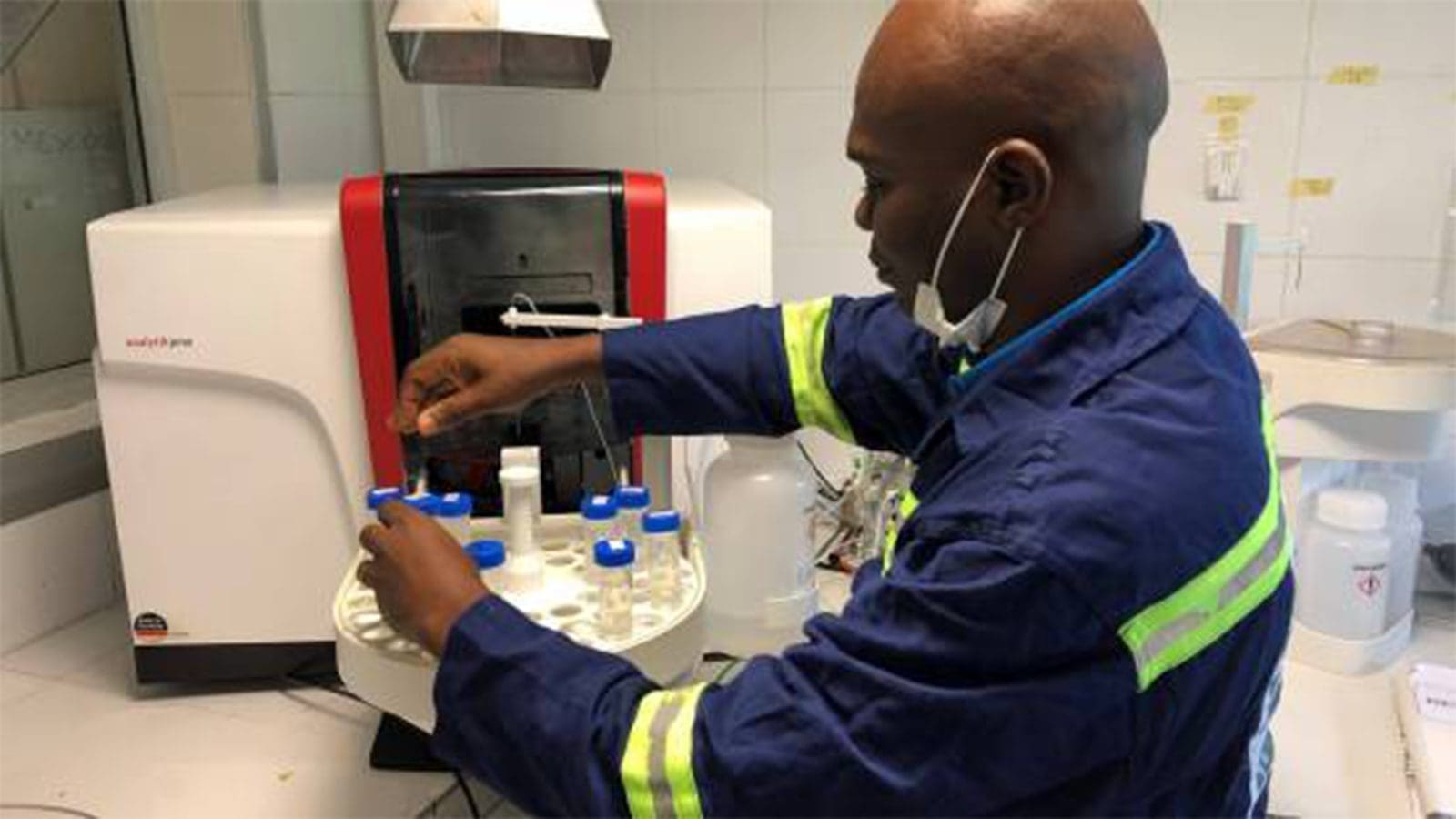U.S – Public groups have appealed to the US Food and Drug Administration (FDA) to restrict Bisphenol A (BPA) in food packaging after new findings suggest the chemical can damage human health at levels 100,000 times lower than previously thought.
BPA is used to make polycarbonate and other plastics, commonly used in hard items such as food containers, pitchers, tableware and storage containers. The chemical is also used in epoxy resins that line the inside of metal products and bottle tops. Studies have shown small amounts of BPA can migrate from containers or equipment into food and beverages.
The coalition of physicians, scientists, and public health and environmental organizations is calling on the agency to annul its approvals for BPA in adhesives and coatings and set strict limits on its use in food-contact plastics.
They warn the new safe level for BPA ‒ based on recent scientific evidence ‒ is more than 5,000 times below what FDA says is safe for most Americans.
As reported by Packaging Insights, Dr. Maricel Maffini, Environmental Defense Fund Consultant and Co-signer of the petition stated that the FDA must make BPA in food a top priority and make a final decision on the petition by the 180-day statutory deadline.
“We expect FDA will follow the law and make its decision based on the science. We expect that decision to be in line with our petition, which follows the unanimous findings of EFSA’s (European Food Safety Authority) panel of 17 experts that reviewed BPA research,” he said.
Regarding the time frame, Dr. Maricel said the FDA has authority to exercise its enforcement discretion – that is, to avoid taking enforcement action – to give industry time necessary to come into compliance with new BPA limits.
The petition urges the FDA to limit the uses of BPA in food-contact articles that may result in migration into food above 0.5 nanograms per kilogram of food.
“Ultimately, the goal is to protect people from BPA. The limits on BPA we are seeking would have a real impact on reducing the health risks of immunotoxicity, reproductive toxicity, developmental neurotoxicity, and more,” says Maffini.
BPA leaking into the environment is a big concern, including drinking water sources. The easiest way to limit BPA is to find an alternative, but he stresses any alternatives need to be safe.
The industry has taken steps to limit the use of BPA in can linings and plastic baby bottles. These actions followed 2008 findings from the Centers for Disease Control and Prevention (CDC) indicating the chemical showed up in 92% of US adults.
Additional studies showed BPA can act like the female sex hormone – estrogen – in humans and disrupt normal development.
“There are BPA-free options. Food manufacturers have already demonstrated they can switch to BPA alternatives in hard plastic bottles, sippy cups, and infant formula packaging. Businesses have also largely voluntarily removed BPA from other products like can linings due to concern from consumers,” explains Maffini.
Meanwhile, BPA-free plastics and non-plastic options like glass and stainless-steel containers offer viable alternatives for holding and storing food.
“Alternatively, under the changes sought in the petition, companies would be able to demonstrate compliance by showing that BPA concentration in food is less than the quantification limit currently achievable using the most sensitive testing methods,” adds Maffini.
Impact on human health
Findings from EFSA’s expert panel show that BPA’s human health impacts are much worse than previously understood and that people are exposed at levels dramatically above what is safe.
BPA can be avoided by using glass, BPA-free plastic and stainless steel.
Extremely low exposures to BPA can lead to an overactive immune system, producing out-of-control inflammation, changes in the ovaries, endocrine disruption, and reduced learning and memory, according to the EFSA panel.
Liked this article? Subscribe to Food Safety Africa News, our regular email newsletters with the latest news insights from Africa and the World’s food safety, quality and compliance. SUBSCRIBE HERE








